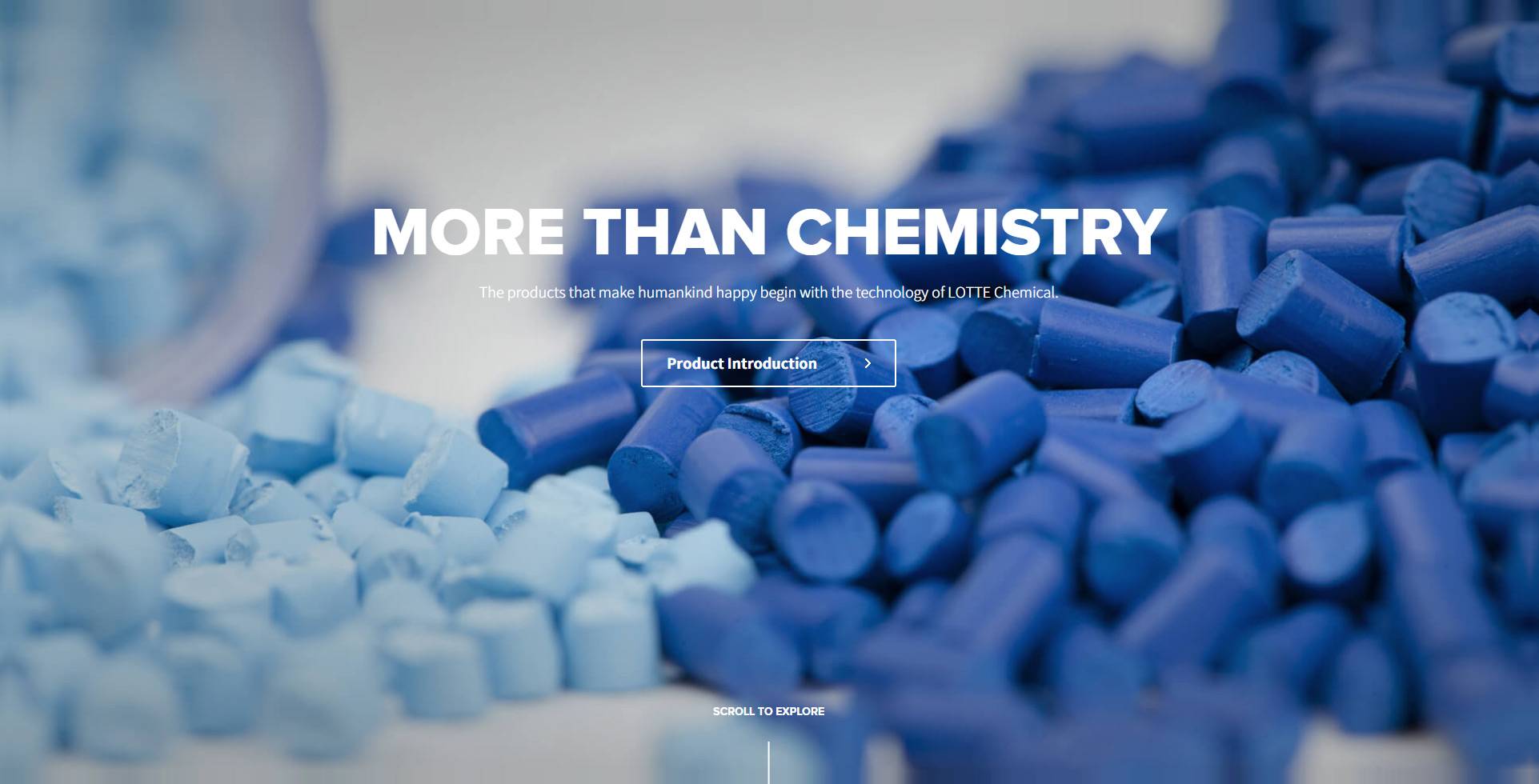Sep . 23, 2024 18:18 Back to list
High-Density Polyethylene Gas Pipes for Efficient and Safe Energy Transportation Solutions
HDPE Gas Pipes The Future of Pipeline Technology
High-Density Polyethylene (HDPE) gas pipes have emerged as a transformative solution for the transportation of natural gas and other gases. Renowned for their durability, flexibility, and corrosion resistance, HDPE pipes are rapidly becoming the material of choice in the pipeline industry. This article explores the advantages, applications, and future potential of HDPE gas pipes.
Durability and Reliability
One of the most significant advantages of HDPE gas pipes is their durability. These pipes can withstand a wide range of environmental conditions, including extreme temperatures and corrosive environments. Unlike traditional metal pipes that are prone to rust and degradation, HDPE pipes maintain their integrity over time. This durability translates to a longer lifespan, reducing the frequency of replacements and associated costs. Moreover, HDPE pipes are less likely to fail under stress, making them a reliable option for transporting gases under high pressure.
Flexibility and Ease of Installation
HDPE's inherent flexibility is another major benefit. These pipes can be easily bent and shaped, allowing for easier installation in various terrains and locations. Such flexibility minimizes the need for joints and fittings, which are typically points of potential leakage in traditional piping systems. The ease of installation not only speeds up the construction process but also reduces labor costs, making HDPE a cost-effective alternative for gas transmission.
Corrosion and Chemical Resistant
HDPE is resistant to a variety of chemicals, making it an ideal choice for gas pipelines. Natural gas, while generally quite stable, can interact with metals and other materials over time, leading to degradation. HDPE's corrosion-resistant properties eliminate this risk, ensuring that the integrity of the gas transport system remains intact. Additionally, HDPE pipes do not react with the gas being transported, further safeguarding the quality of the gas.
hdpe gas pipe

Environmental Impact
As the world increasingly focuses on sustainability, HDPE pipes emerge as a more environmentally friendly option compared to traditional materials. They are manufactured from renewable resources and are fully recyclable, reducing the environmental footprint associated with pipeline infrastructure. Furthermore, the leak-resistant nature of HDPE pipes minimizes the risk of gas emissions into the atmosphere, addressing environmental concerns over greenhouse gas emissions.
Applications in the Industry
The applications of HDPE gas pipes are manifold. They are widely used in municipal gas systems, industrial applications, and even for residential gas supply. As natural gas becomes a more sought-after energy source globally, the demand for efficient and reliable transportation systems grows. HDPE pipes are suitable for both above-ground and underground installations, making them adaptable to various scenarios. Their lightweight nature also means that less energy is required for transportation and installation, further enhancing their appeal.
Future Prospects
The future of HDPE gas pipes looks bright as technology advances. Innovations in polymer chemistry, coupled with improved manufacturing techniques, promise to enhance the performance and efficiency of these pipes even further. Additionally, as the push for natural gas and renewable energy sources continues, HDPE pipes are poised to play a crucial role in global energy infrastructure.
In conclusion, HDPE gas pipes represent a significant step forward in pipeline technology. Their durability, flexibility, corrosion resistance, and positive environmental impact make them an ideal choice for modern gas transportation needs. As industries evolve and energy demands increase, the role of HDPE pipes will undoubtedly become more prominent, paving the way for a more efficient and sustainable future.
-
PP U-channel: Chemical-Resistant, Lightweight & Durable
NewsAug.10,2025
-
Transparent PVC Pipe: Clear Flexible Tubing for Fluids
NewsAug.09,2025
-
Durable PP Rigid Sheet: Versatile & High-Quality Plastic Panels
NewsAug.08,2025
-
Premium Glossy PP Rigid Sheet – Durable & Versatile
NewsAug.07,2025
-
High-Quality HDPE Sheet | Durable Plastic Panels
NewsAug.06,2025
-
High-Precision PVC Rigid Sheets for Vacuum Forming | AI-Optimized
NewsAug.05,2025

